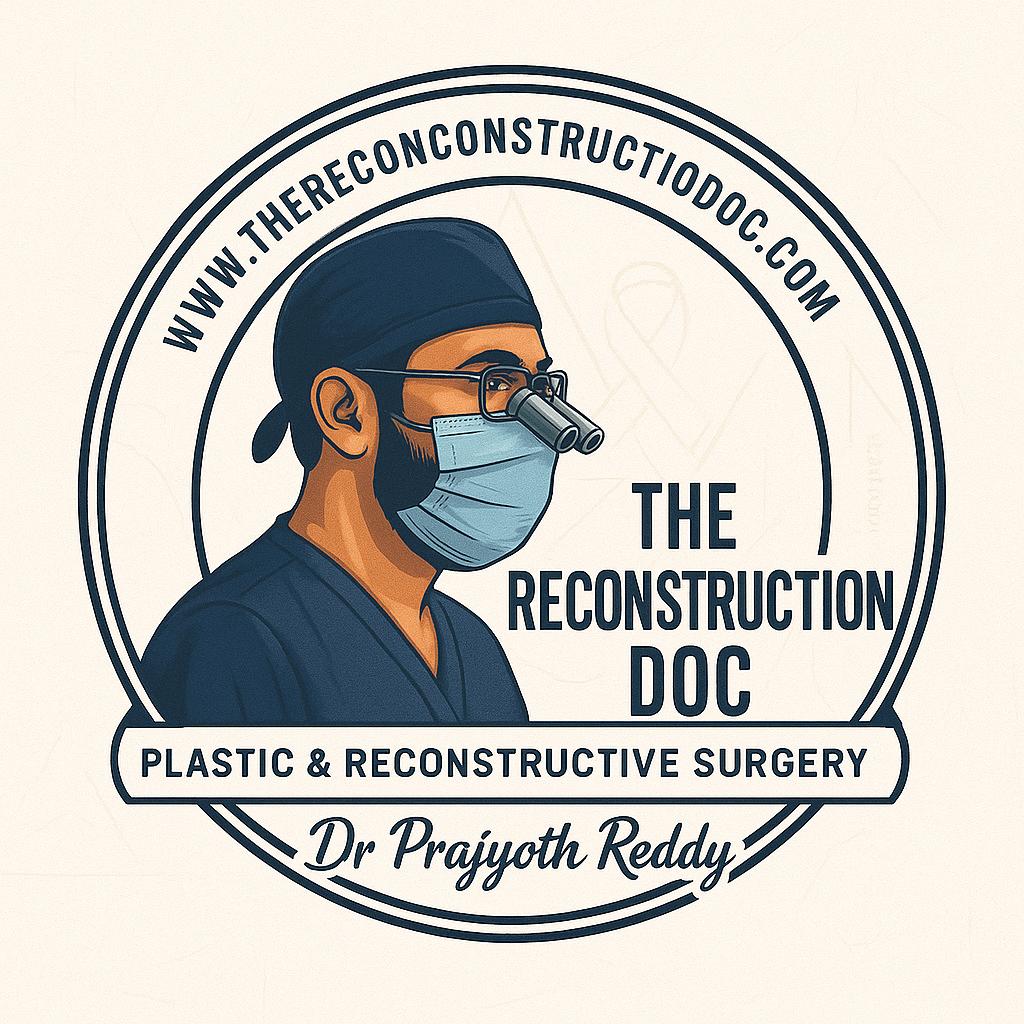Hiradenitis Suppuritiva
- Home
- Hiradenitis Suppuritiva
About Hiradenitis Suppuritiva
What is Hidradenitis Suppurativa?
HS is a chronic skin condition where painful lumps, boils, and abscesses form in areas like:
• Armpits
• Groin
• Under the breasts
• Buttocks
These lumps can rupture, leak pus, and leave deep scars or tunnels (sinus tracts)
over time.
It’s not contagious, but it can be physically and emotionally draining.
Why does it happen?
It’s caused by blocked hair follicles and inflammation, often triggered or worsened by:
- Hormonal changes
- Obesity
- Smoking
- Genetics
Treatment Options for Hidradenitis Suppurativa
Treatment depends on the severity (mild, moderate, or severe). Early care can prevent longterm damage.
1. Lifestyle Modifications & Skin Care
Helps reduce flare-ups and severity
2. Medical Management
Topical Treatments (for mild HS)
Short-term use to control early lumps
Oral Antibiotics
Reduce inflammation and prevent infection
Biologic Injections
Best for moderate to severe HS or when other treatments fail
3. Surgical Options
For persistent or advanced HS, surgery can provide long-term relief:
Surgery involves excision and reconstruction options depend on the extent of excision.
Secondary Intention Healing
Wound is left open to heal naturally over time
Requires regular dressings
Useful for small, superficial wounds
Slower recovery, may leave contracture or scars
Split-Thickness Skin Graft (STSG)
A thin layer of skin is taken from the thigh and placed over the wound
Covers large areas effectively
Heals faster than secondary intention
Skin may look and feel different from surrounding area
Local Flaps
Skin and tissue from adjacent areas are rotated or moved to cover the defect
Maintains color, texture, and thickness match
Provides better mobility and cosmetic result
Commonly used in underarm and groin HS excisions
Regional or Perforator Flaps
Tissue from a nearby region (with its blood supply) is tunneled or moved
Examples: Limberg flap, gracilis flap, or gluteal/perforator flaps
Best for larger or deeper wounds
Provides robust, long-lasting coverage
Free Flap Reconstruction (for extensive disease)
Tissue (skin, fat, muscle) is taken from a distant part of the body and reconnected using microsurgery
Rare, but used when local options are unavailable due to recurrent surgeries or scarring
Example: Radial forearm flap or Free Antero Lateral thigh flap
Final Thoughts:
Reconstruction in HS is not just about closing the wound — it’s about:
- Reducing recurrence
- Improving quality of life
- Restoring function (e.g., arm movement, sitting comfort)
- Minimizing scarring and contractures
- Size and location of the defect
- Prior surgeries
- Overall health and skin condition
Get In Touch
Schedule a consultation, ask questions, or explore our expert reconstructive surgery services and compassionate care.

